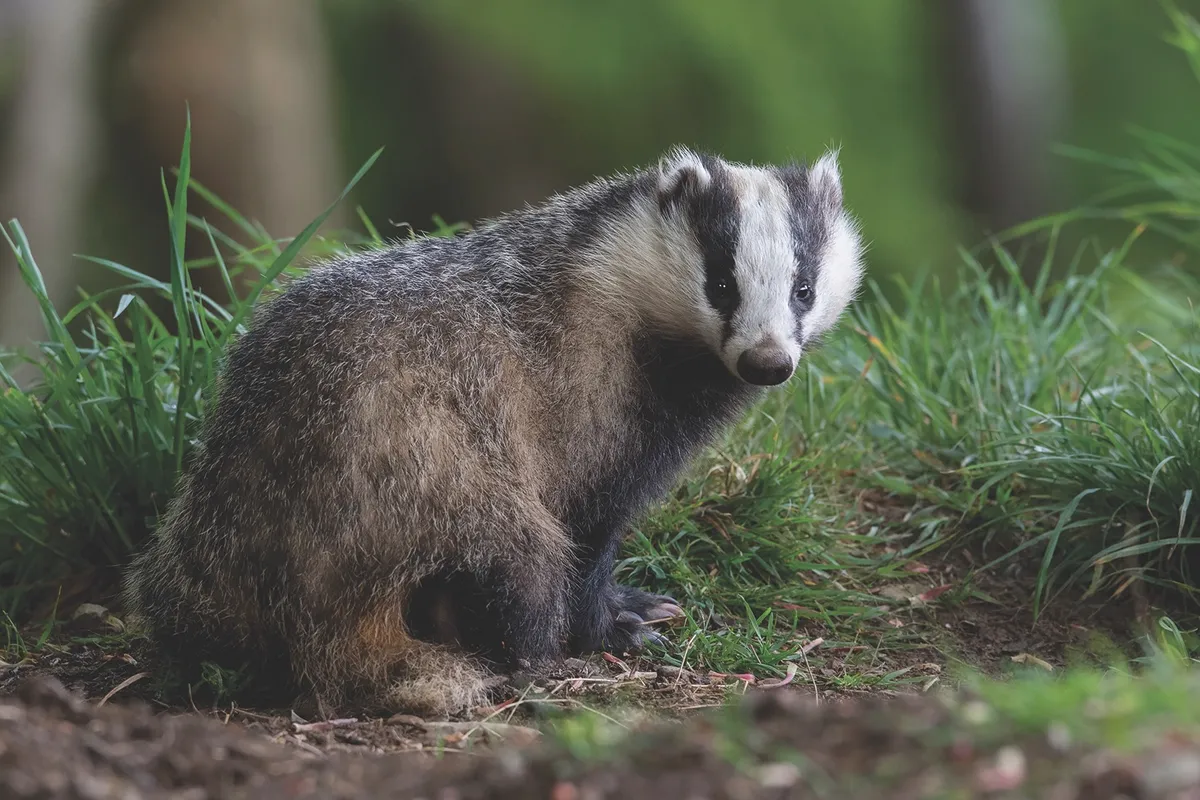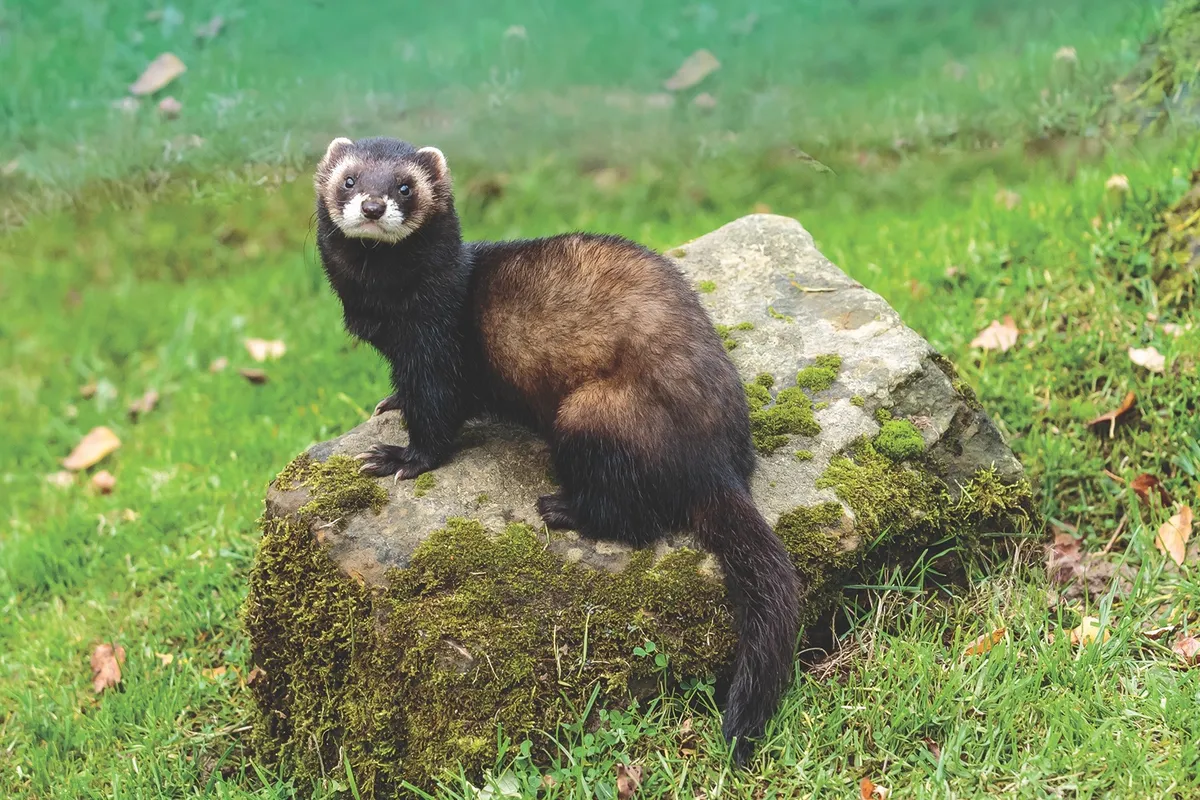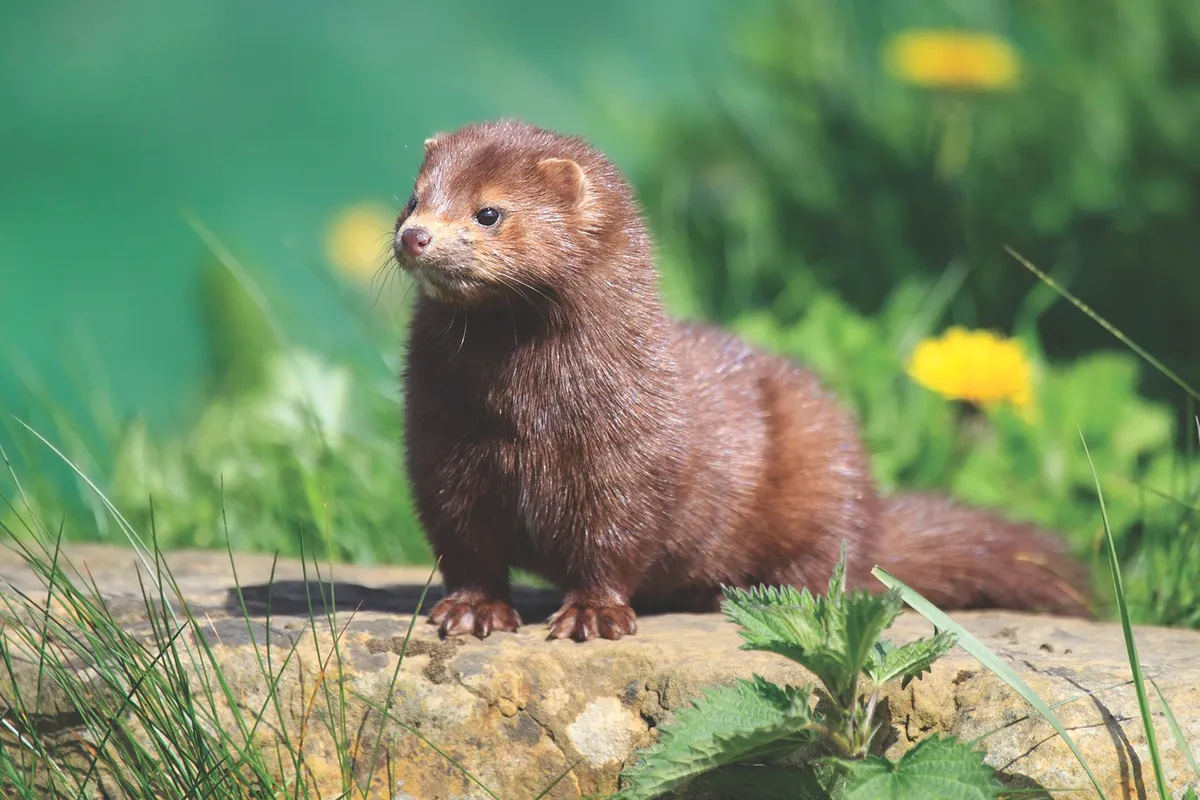Guide to the UK's mustelid species, including where they live, what they eat and identification
What is a mustelid?
Mustelidae are a family of carnivorous mammals, and there are seven species found in the wild in the UK. They vary widely in looks and behaviour, but generally speaking mustelids are long-bodied, short-legged, thickly furred and tend to be active at night, which makes them elusive.
Related articles
Mustelid ID guide
Badger

With its black-and-white face mask, it is perhaps the most recognisable of the family and certainly the largest in the UK, with males reaching 18kg. Badgers are the most sociable UK mustelid, living in small family groups in woodland-edge burrows called setts.
Weasel

This is our smallest mustelid – indeed, the world’s smallest carnivore – with females weighing as little as 50g. It has a thin, elongated body covered in fawn fur and a white throat, and is adapted for hunting small rodents in tunnels, especially voles and mice.
Stoat

Three times heavier than the weasel with a black-tipped tail. In northern and upland areas, some animals turn white in winter to blend with snow. A stoat will tackle an adult rabbit but also eats birds and their eggs. Found hunting along hedgerows, walls and ditches.
Polecat

Banded white-and-brown fur on its face creates a bandit-mask effect. The size of a small cat, it weighs up to 2kg and hunts rabbits and rats. It is scarce due to historic persecution; it’s found mainly in the farmland of Wales and central-southern England.
Pine marten

A little bigger than the polecat, dark brown with a yellowish throat patch. A creature of the woods where it hunts squirrels and other rodents, as well as eating fruit, fungi and insects. Rare, it’s found mostly in Scotland with small numbers in north and west Wales.
Otter

A superb swimmer, the otter is a fish hunter, though it happily eats American signal crayfish. At 8kg, it is our second-largest mustelid and is becoming increasingly common in our rivers and lakes as its numbers rebound after centuries of persecution.
American Mink

The size of a small cat, this invasive species escaped or was released from fur farms. Dark brown, with a white chin and throat, it occupies similar wetland habitats to the otter. Its wide-ranging diet includes water voles – the mink is a direct cause of their decline.
